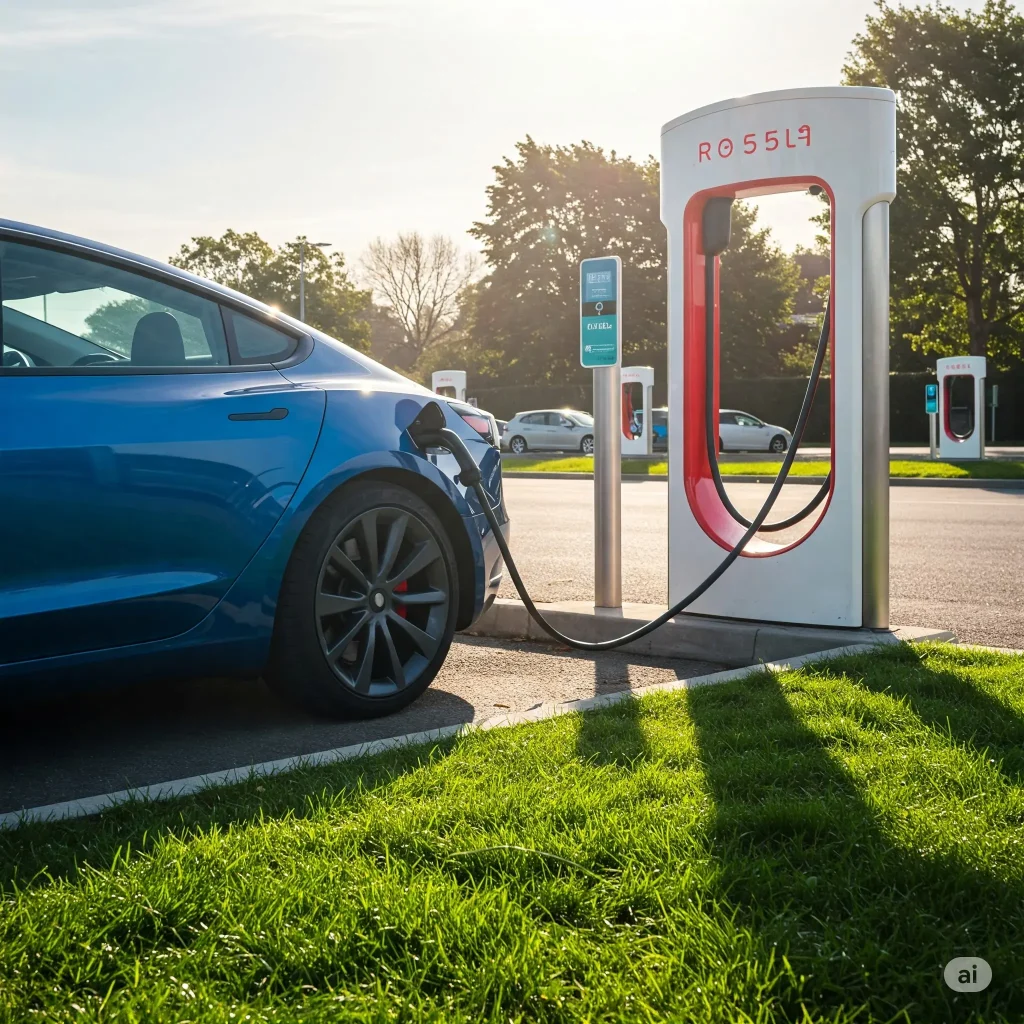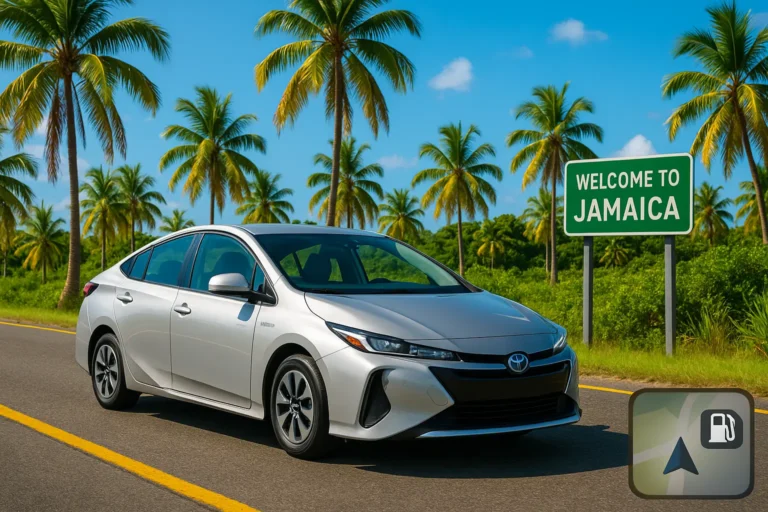How Do Power Outages Affect EVs?
Power outages are a universal inconvenience that affects everything from daily tasks to essential services. Unless your home fully runs on solar power or you own a backup generator, you’ll be as much in the dark as everybody else. Owning an EV is no different. When the electricity supply fails, it incapacitates public Level 2 chargers and DC fast-chargers in the affected area, much like gas stations for traditional modes of transport.

How to Plan for a Power Outage
Driving an EV means preparing for surprise power outages. If you know your environment, you’ll position yourself better to make necessary contingency plans to keep your car on the road. Having a low EV battery can be just as frustrating as losing power before cooking a meal on your electric stove.
If you’re in a frequent power outage zone, you’ve likely anticipated your cooking predicament and can pull out your propane tank and camping stove from storage. Similarly, EV ownership should prompt you to create an emergency contingency plan. Several options are available.
Invest in a Generator
As an excellent backup plan for when you have no power and little EV charge remaining, consider investing in an inverter generator with pure sine waves to charge your car. These gas or propane-powered generators offer proper grounding and amperage adjustments to prevent overloading. Many EV makes and models, including Tesla, Chevy Volt and Nissan Leaf, will charge perfectly with a pure sine wave inverter generator.
Check for suitable wattages and amperages with your generator dealer to ensure you follow the correct procedure. You want the ability to run your generator in an emergency, even overnight, to charge your EV enough to travel to a powered public charger. This contingency plan allows you to reduce your vehicle’s downtime, get your life back on an even keel and budget to anticipate the costs of backup power. Other ways of preplanning potentially alleviate the overhead costs of a generator.
Know the Public EV Charger Locations in Your Area
Even if you generally use a Type 2 home charger to recharge your EV, familiarize yourself with the lay of the land within about a 50-mile radius. Doing so lets you know where to travel to charge up if a power outage hits your neighborhood. Devastating power outages caused by events like earthquakes or hurricanes are rare. Most are local and don’t last more than a few hours.
Note all the public DC fast chargers and Level 2 sites within your set radius. Unless you’ve let your EV battery capacity slip below the 10% mark, reaching one within 20 miles should be easy enough. You could even make it a family outing. Head to one near a restaurant, park or movie theater and treat yourselves to a memorable experience.
Charge Your EV Regularly
Self-discipline is always the best contingency plan you can make. Charging your EV nightly instead of waiting for a low battery warning will ease your stress levels when unanticipated or long power outages happen.
When you notice a storm approaching, you likely take a few precautions — closing your windows and doors and bringing your children, pets and outdoor furniture inside. Add charging your EV to this list. If the unlikely event of a power outage happens, your car will have charged a little more, and you can deal with any worst-case scenarios.
Power Outages — Necessary Evils That EV Drivers Must Deal With
Even if researchers and experts are investigating ways to keep EV chargers operational during grid failures, the onus is on owners and drivers to minimize the impact of power outages on their vehicles and their lives. By investing in inverter generators and knowing your closest powered-up public charge points, you’ll go a long way to normalizing your routines during power cuts, no matter their duration.






